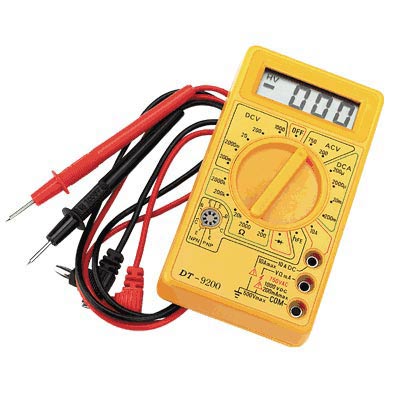Ask the Editors Week of June 13 2011

By: ATV Connection Editors
Hello ATV Connection readers! Here’s your chance to get some expert advice from our crack editorial staff. If you have an ATV related question, create a forum account (if you don’t already have one) then start a new thread in our Ask the Editor section. It’s easy, informative, and fun!
So, without further ado, here are this week’s questions…
Dear ATVC:
I have a 2004 650 v-twin Arctic Cat ATV. The ignition fuse keeps blowing on me when I’m riding it. Any ideas why?
Stern
Sounds to us like a short in the ignition circuit- probably the result of an exposed connector or a wire that has been worn through/ making contact with another wire or the machine’s frame (explaining why the fuse tends to blow when you’re operating the machine.
While we would love to tell you there is an easy way to diagnose it, the reality is you need to invest in a quality electric meter and to check each wire from the ignition circuit to the power source (battery). Perhaps you’ll get lucky and be able to spot an exposed wire just by examination, but more often then not, the most foolproof method of diagnostics demands a voltmeter and a whole lot of patience. If electrical diagnosing frightens you, any shop should be qualified to tackle the job.

Dear ATVC:
My hand brake has a brake fluid reservoir with a plastic window on the side, which is broken. Will the brakes still work? The reason I ask is that I have a 50cc with the same problem and the brakes work. However on my Baja 90 there is no pressure in the lines when I squeeze the hand brake.
Thanks in advance,
Reckleys
Indeed an opening in what must be a completely sealed system to operate would cause a permanent loss of pressure/ brake function. Within a hydraulic brake system, as you apply pressure to the brake lever, a pushrod exerts force on a piston within the master cylinder causing fluid from the reservoir to pressurize the entire brake line.
This pressurized fluid transfers directly into the caliper, where it acts upon the caliper piston sealed by one or more seated O-rings to prevent the escape of any fluid from around the piston.
The brake caliper piston then applies this accumulated force to squeeze the brake pads. This causes your pads to be pushed against the spinning rotor and the friction between the pads and the rotor turns energy into heat, and you feel this by a slowing of the ATV.
Long story short, if there is an opportunity for pressure to escape the system any step of the way, the whole mechanism fails. It is literally dependent upon a completely closed system with adequate fluid levels and no air pockets in the line to function. Having a visible hole on the reservoir not only allows any built up pressure a direct route of escape before reaching the caliper, it also insures that your fluid will be escaping (leaking) and air will replace it in the lines.
The good news is that if a full replacement reservoir isn’t on the immediate horizon, we have had success temporarily patching a reservoir using Quicksteel, JB Weld or any other epoxy putty. To do so, flatten out the putty into a smooth disc and apply to the reservoir AFTER you’ve completely drained the system of brake fluid.

Allow for proper set-up time (according to the brand you select’s instructions) and then fill the system with fresh brake fluid only after it has completely hardened and bleed the air out of the lines like usual.
If you see brake fluid weeping out of your repair, the only alternative is to purchase a new reservoir.
As for your 50cc’s brakes still functioning with a hole in the system, we would chalk that up to sheer luck and definitely wouldn’t even consider operating the machine under such conditions.
Do you have a question? Submit it by clicking here!
